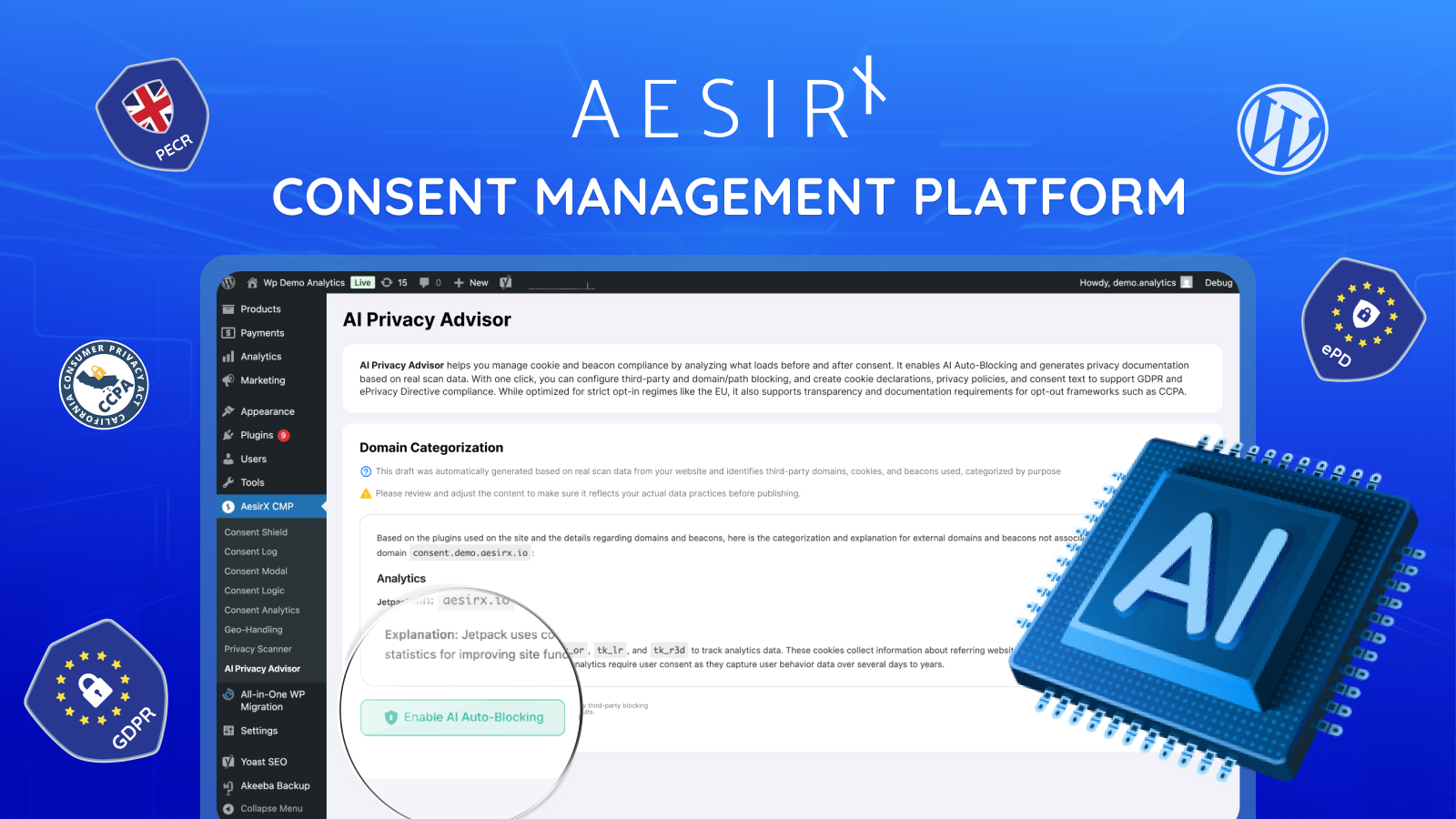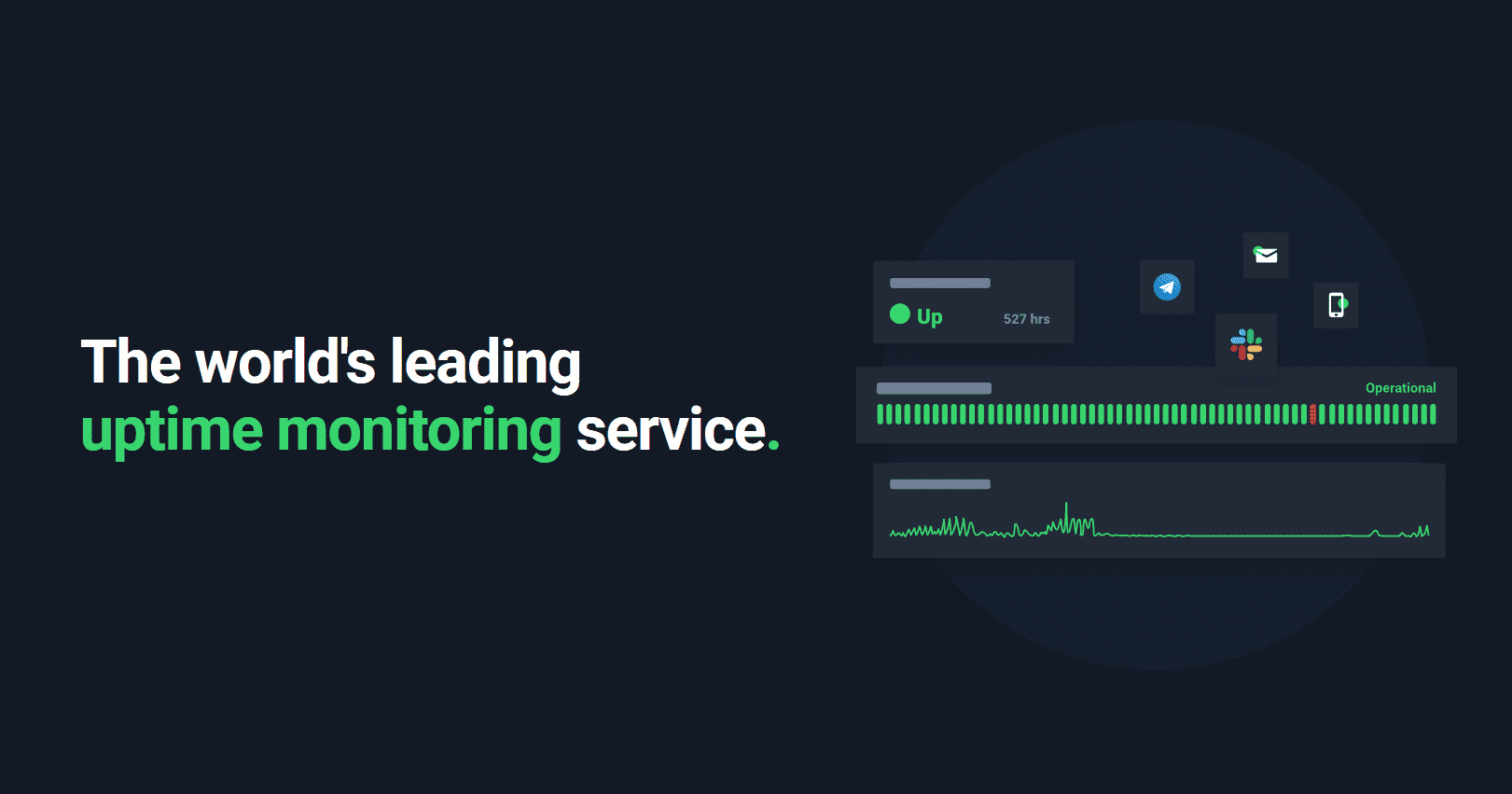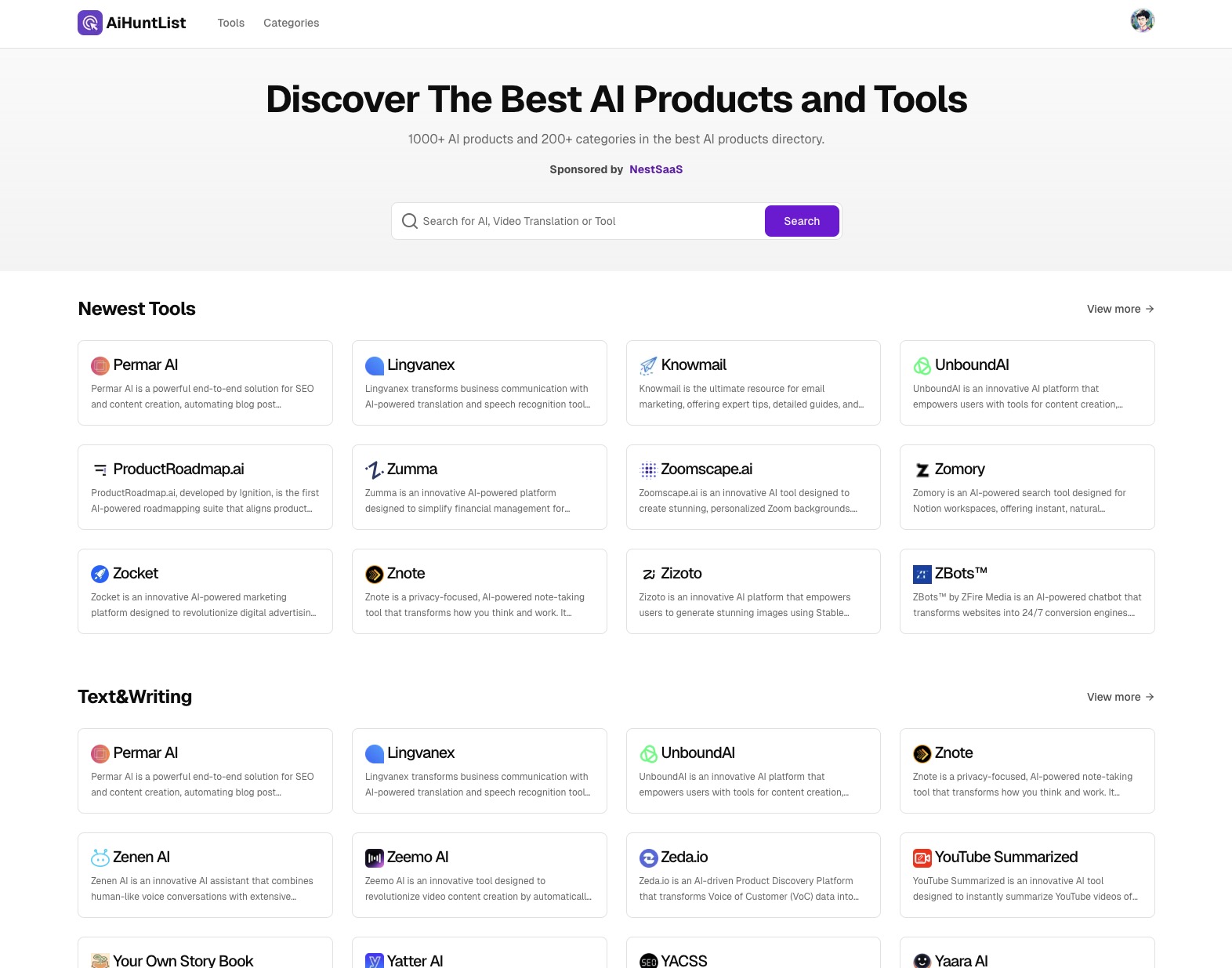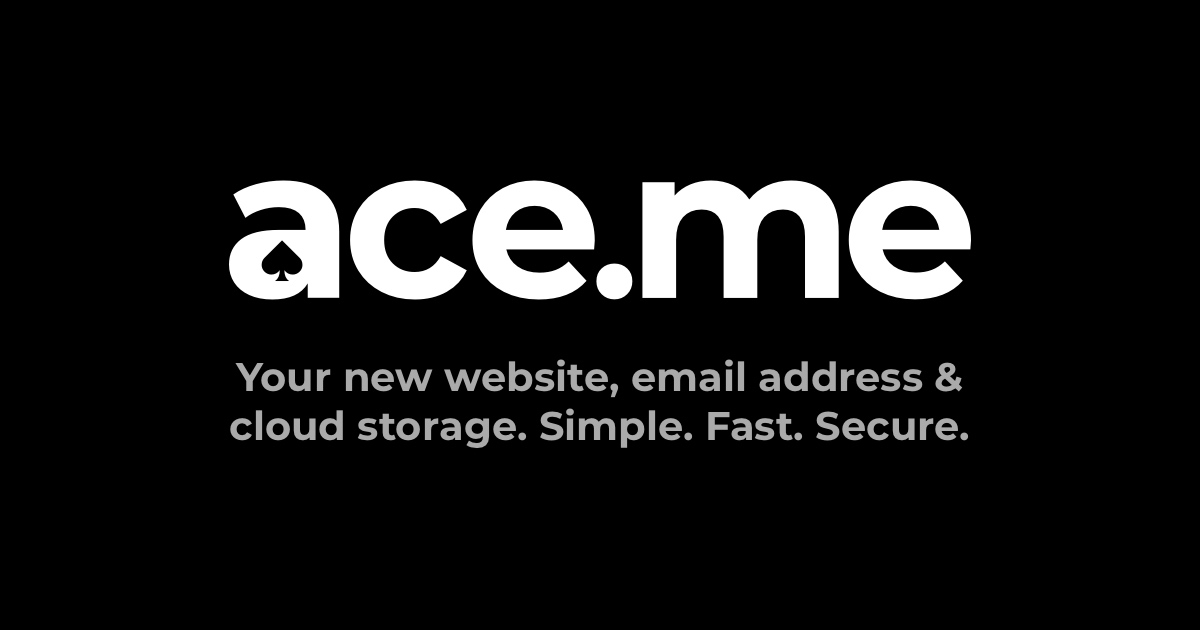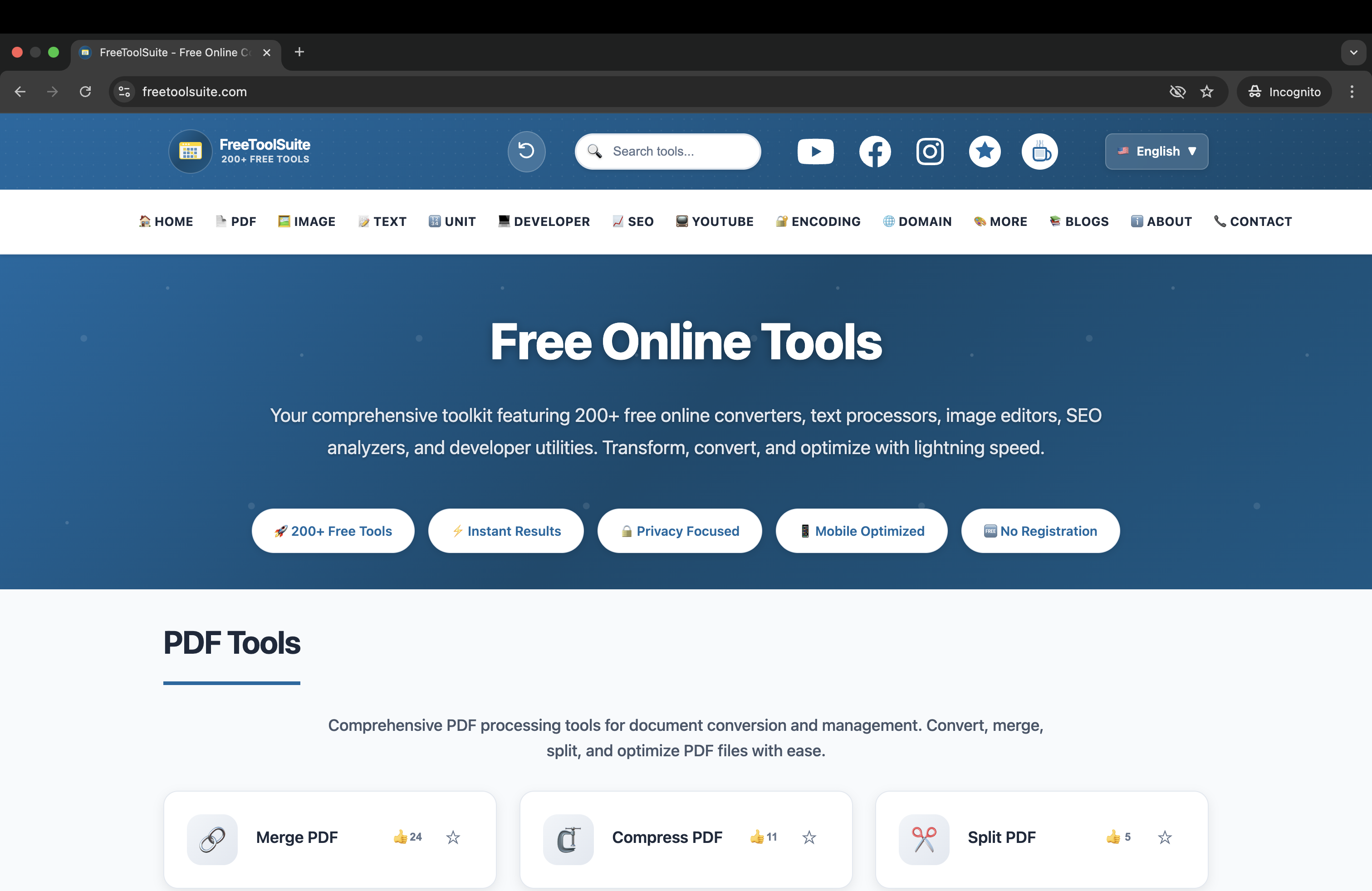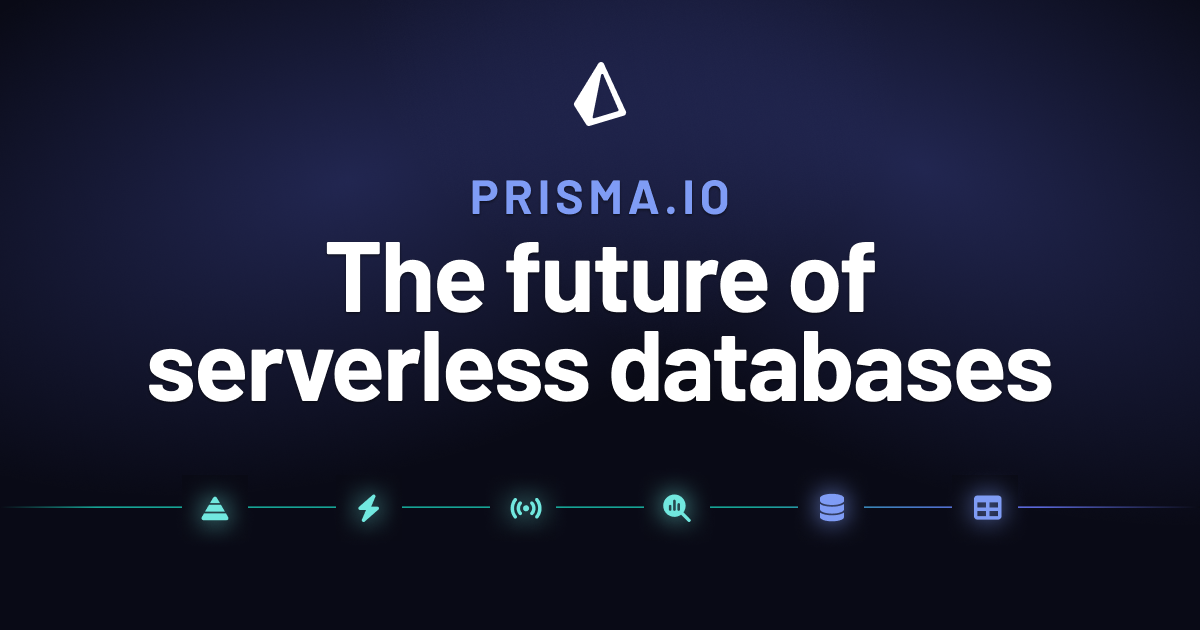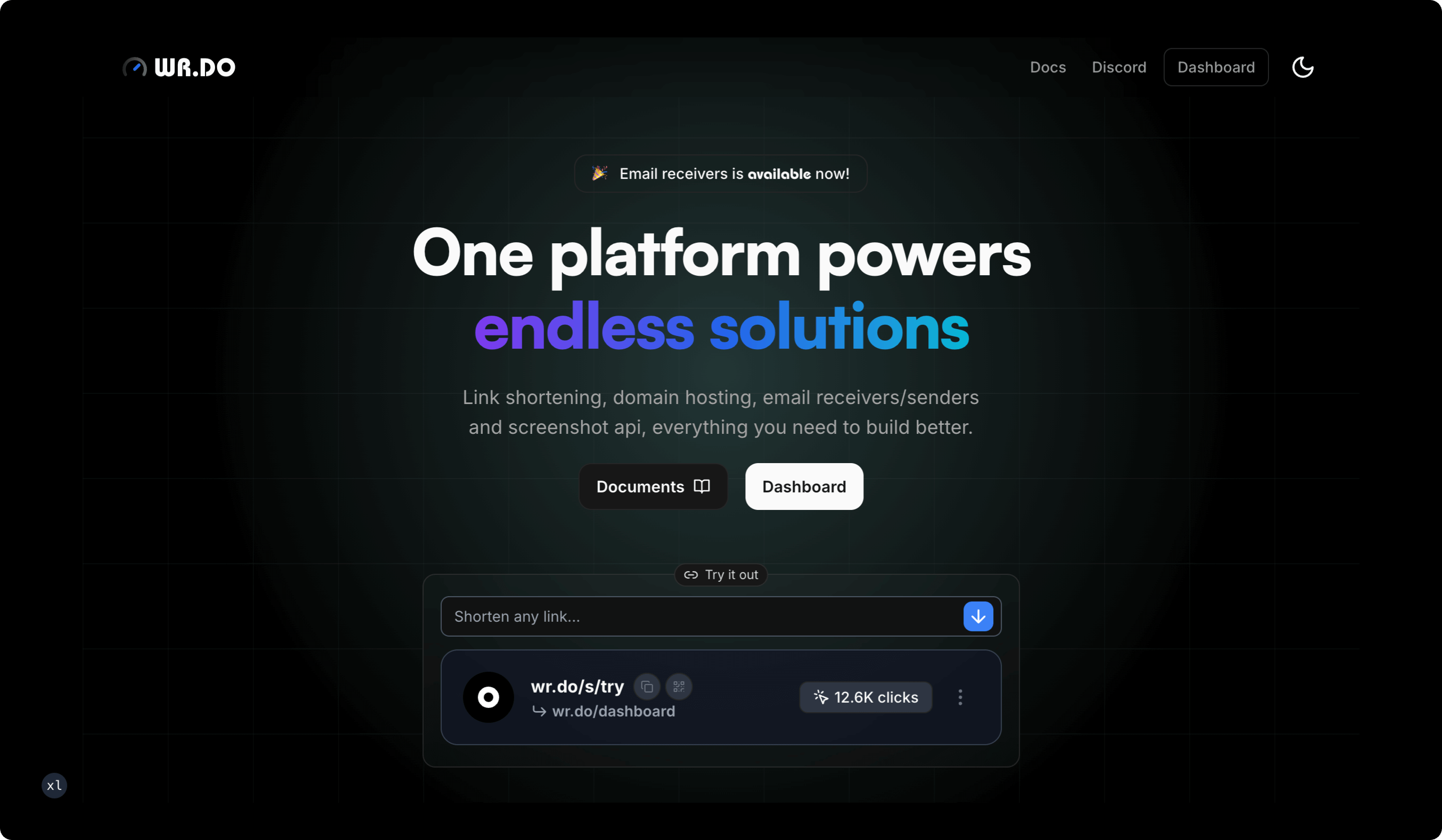Introduction
Supersaas is a comprehensive, fullstack Nuxt 3/4 kit designed to accelerate the development and launch of modern SaaS applications. It provides all essential features pre-configured and production-ready, making it ideal for developers, freelancers, and indie hackers looking to build scalable web products efficiently.
Key Features
Comprehensive Authentication: Supports Email/Password, Magic Link, Social Login (30+ providers), OTPs, Phone Auth, Passkeys, and more, with flexible component-based implementation.
Flexible Database & File Storage: Built-in support for NuxtHub, Postgres, Turso, Neon, Planetscale (with Drizzle ORM), and file storage options like Digital Ocean Spaces and Cloudflare R2.
Robust Payments & Subscriptions: Seamless integration with Stripe for subscriptions, checkouts, and webhooks, with future support for Polar, Lemonsqueezy, and Paddle.
Teams, Orgs & Workspaces: Enables multi-tenancy with user invitations, flexible role management (Owner, Admin, Member), and ownership transfer capabilities.
Powerful Super Admin Dashboard: A centralized interface for user management (add/remove, impersonate, ban), Stripe plan synchronization, newsletter monitoring, and user feedback review.
Rich Examples & Recipes: Includes source code for practical applications like an AI Chat app, Notes app, URL Shortener with analytics, Todoist clone, and a File Manager.
Use Cases
Supersaas is perfectly suited for developers aiming to rapidly prototype and launch their SaaS ideas without getting bogged down by boilerplate code. It solves common challenges such as setting up secure authentication, managing user data, integrating payment gateways, and building multi-user collaboration features from scratch. Freelancers can leverage it to deliver client projects faster, while indie hackers can bring their products to market in a weekend, as demonstrated by existing users.
Furthermore, its well-structured and documented codebase makes it an excellent educational resource for those looking to learn advanced Nuxt development and best practices in building production-ready applications. It provides a solid foundation, allowing developers to focus on their unique business logic rather than repetitive infrastructure setup.
Pricing Information
Supersaas is available for a one-time purchase of $149, offering significant savings from its original price. This includes lifetime access to the codebase, all future enhancements, updates, and the ability to use it for unlimited projects. An "All Access Pass" bundle is also available for $199, which includes Supersaas Essentials, Pocketvue, Nuxtra, and lifetime access to future products, providing even greater value.
User Experience and Support
The kit boasts a clean, beautiful, and mobile-friendly UI with dark mode support, ensuring a great user experience. Its codebase is designed for easy customization with sensible abstractions, making it beginner-friendly and less opinionated. Supersaas comes with rich documentation, including videos explaining features, ensuring developers can quickly understand and tailor it to their needs. Support is provided directly by the solo developer, Fayaz Ahmed, who offers personal assistance, responds to every inquiry, and even takes calls to ensure users can run their apps smoothly.
Technical Details
Supersaas is built on a modern, fullstack technology stack, primarily utilizing Nuxt 3/4 as its framework. It employs Tailwind CSS v4 for efficient styling, Nuxt Auth Utils for robust authentication, and Drizzle ORM for flexible database interactions. For data persistence, it supports various databases like Postgres, Turso, Neon, and Planetscale, along with file storage solutions such as AWS S3, Digital Ocean Spaces, and Cloudflare R2. Payment processing is handled via Stripe, and email services are integrated through Resend, Sendgrid, Postmark, and Plunk.
Pros and Cons
Pros:
Significant time-saver for SaaS development.
Comprehensive features (Auth, Payments, Teams, Admin).
Flexible database and file storage options.
Well-documented with video tutorials.
Easy to customize and extend.
One-time purchase with lifetime updates and unlimited projects.
Excellent personal support from the developer.
Built with modern, production-ready technologies.
Optimized for various deployment platforms (NuxtHub, Cloudflare, Vercel).
Cons:
Some payment gateway integrations (Polar, Lemonsqueezy, Paddle) are still "Work in Progress".
No refunds due to the digital nature of the product.
Requires familiarity with Nuxt.js and related technologies for optimal use.
No public GitHub repository for pre-purchase code review.
Conclusion
Supersaas stands out as an incredibly powerful and well-crafted Nuxt 3/4 fullstack kit, offering a robust foundation for any SaaS application. Its comprehensive feature set, flexible architecture, and dedicated support make it an invaluable asset for developers aiming to launch high-quality products quickly and efficiently. Explore the Supersaas demo today to see how it can accelerate your next project.
